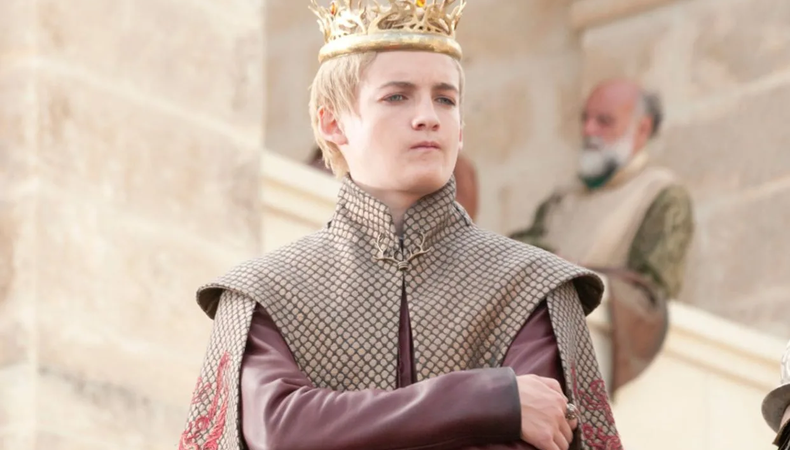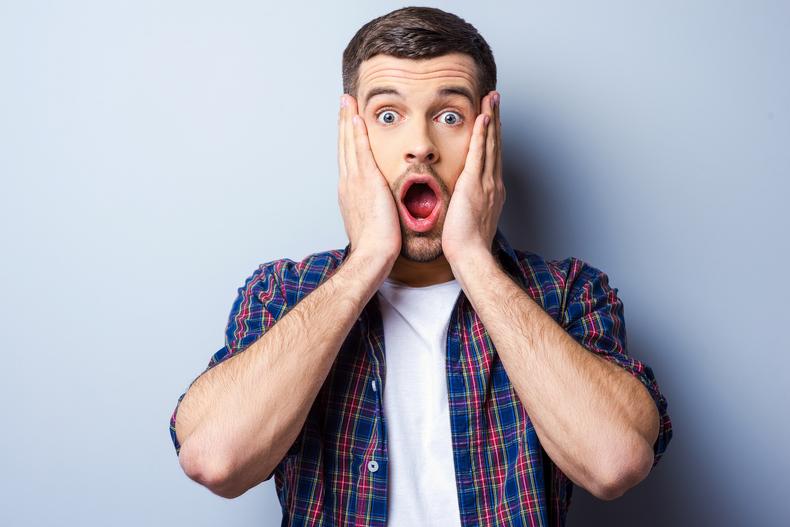
Nonverbal communication can be just as important—if not more important—than verbal communication for actors. Whether it’s Claire Danes’ furrowed brow as Carrie Mathison in “Homeland” or Jack Gleeson’s cold sneer as Joffrey Baratheon in “Game of Thrones,” a compelling performance depends on facial expressions. Keep reading to learn a few facial expression exercises to take your acting to the next level.
JUMP TO
 G-Stock Studio/Shutterstock
G-Stock Studio/Shutterstock
Scientists have identified universal facial expressions for seven different emotions:
- Anger
- Contempt
- Disgust
- Fear
- Joy
- Sadness
- Surprise
This means that despite social and cultural differences, these expressions and the emotions they portray are a consistent human trait. Each is nonverbally conveyed through facial features including eyebrows, eyes, and lips.
Eyebrows
- Raised: surprise
- Furrowed: anger, fear, or sadness
- Drawn: sadness
Eyes
- Wide open: fear or surprise
- Intensely focused: anger or fear
- Looking away: disgust
Lips
- Smiling: joy
- Frowning: fear or sadness
- Pursed: contempt
 “Curb Your Enthusiasm” Credit: John P. Johnson/ HBO
“Curb Your Enthusiasm” Credit: John P. Johnson/ HBO
Facial expressions convey emotion and connect you with your audience. If you show up to an audition or performance without warming up your face, you risk losing that emotional connection.
“Connecting through facial expressions is a way to show the people in the audition room, or watching the tape, that you have the ability to connect to an audience,” writes audition preparation teacher Craig Wallace. “Many actors…audition with a face that is frozen into a set position, seemingly immovable and definitely not expressive. This is caused, much of the time, by tension. The face contains 57 muscles and as we know, muscles can tense up under pressure. I see actors in waiting rooms stretching their backs, necks, legs, etc., so that their bodies will be energized and support their work in the audition. The face needs that same attention.”
Studies show that doing facial muscle training can help people to perform more accurate facial expressions—and can even help them recognize the emotions behind other people’s facial expressions, too.
 G-Stock Studio/Shutterstock
G-Stock Studio/Shutterstock
Do facial expressions practice about half an hour before your audition or performance so that your face is limber, loose, and ready to express itself.
1. Stretch: Wake up your face by doing your best impression of Edvard Munch’s “The Scream”: Open your eyes and mouth as wide as possible. Then, scrunch your face as small as possible. Repeat. This exercise, known as the lion/mouse or lion/lemon, is an old theatrical favorite because of how efficiently it warms up facial muscles.
2. Massage: Give your facial muscles some love by massaging them gently yet firmly using circular motions. This will loosen up your muscles and allow you to shift between facial expressions more easily. Use your fingers or a facial massage tool to press into your masseter muscle (your lower jaw and cheekbones), the spots on either side of your nose, and in between your eyebrows. Glide your fingers along the brow bone, moving from between your eyes to your temples, and then rub your temples using a circular motion. This video demonstrates how to do a thorough self-facial massage:
3. Exaggerate: Once you’re stretched and massaged, try each of the universal facial expressions, exaggerating each one as much as possible. If you can make these hyperbolic expressions before your performance, you should be able to make toned-down versions of them during it. The highly expressive Jim Carrey provides excellent examples of exaggerated expressions:
4. Get cheeky: Open your mouth into an “O” shape and place your fingers just over your cheek muscles. Smile, lifting your cheeks, hold for 20–30 seconds, and then release. Do this exercise 10–15 times using varying amounts of pressure to prepare your muscles for smiling, gasping, or any other cheek-intensive expressions.
5. Raise your brows: This exercise warms up your brows for all their judging, seductive, and otherwise arching needs—and it will make you feel like a magnificent Maleficent. Start by pressing two fingers just under each eyebrow and pushing upwards. Keep the finger pressure up as you try to lower your eyebrows. Hold for a few beats, then release. Repeat 15–20 times.
6. Eyeball it: Practice purposeful gazing by engaging in some eye exercises. Choose a spot about 10 feet away from you and focus on it. Use your eyes to trace an imaginary infinity loop on the spot for 30 seconds. Then, switch directions.
Another helpful eye exercise is to do a one-person staring contest. Focus on a spot but try not to blink as much as you do normally—just be sure to pre-lubricate your eyes with eye drops first. Anthony Hopkins credits this exercise for his terrifyingly impassive, steely-eyed gaze as Hannibal Lecter in “The Silence of the Lambs.” “It’s a trick I learned because, if you don’t blink, you know you can keep the audience mesmerized,” he says. “It’s not so much not blinking, it’s just being still. Stillness has an economy and it has a power about it.”
Try to make these exercises a part of your usual acting warmup routine. Before long, your ability to give good face will be embedded as muscle memory.
Medical advice disclaimer: Content in this article is provided for informational purposes only, and does not intend to substitute professional medical advice, diagnosis, or treatment.
 7 Ways Your Face Expresses Emotion
7 Ways Your Face Expresses Emotion